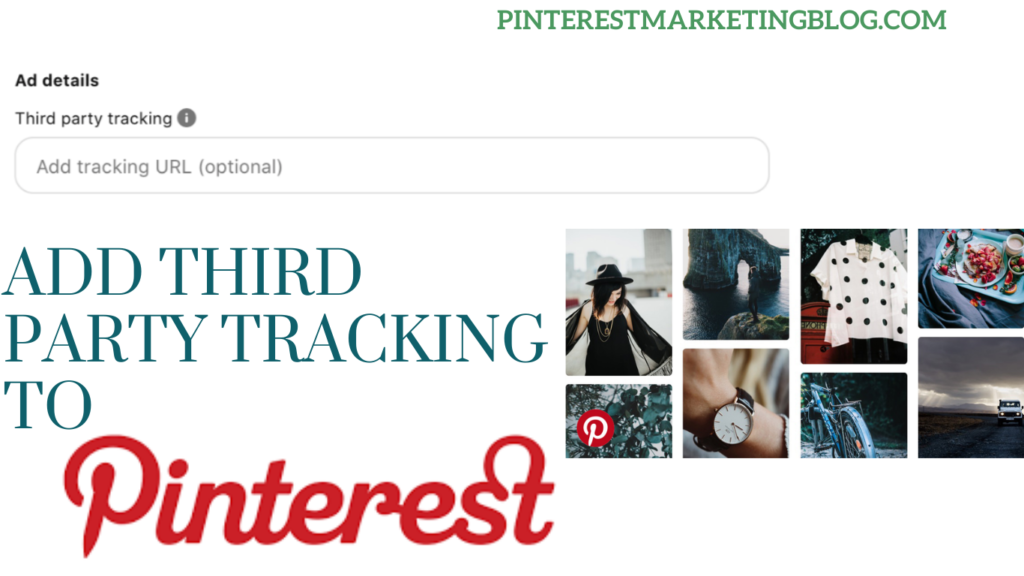Content Topics
Do you use Pinterest? If so, you’re probably familiar with the dynamic product ads feature. This is a great way to reach people who have already shown an interest in your products. In this blog post, we will discuss what Pinterest dynamic ads are, and how you can use them to increase sales for your Pinterest Advertising Strategy! In case your want to promote your pin on Pinterest click here.
Find out all these answers in this blog post! We will also tell you what’s new about this type of ad, and how it works.
In short: Pinterest dynamic ads (also called (dynamic re-targeting) is a type of Pinterest Advertisement that allows you to target people who have already shown an interest in your products.
For example, if someone visited your website through Pinterest ads. Pinterest tags capture the visitor session in the form of events. So Pinterest now allows to retarget the users with Dynamic ads.
Setup a shopping dynamic re-targeting campaign.
First, you’ll need to create a new campaign in your Pinterest Ads account. Campaign objectives include Awareness, Engagement, and Traffic.
Before setting up Pinterest Dynamic Ads you need to make sure some points.
- Pinterest account must be connected with your website so that catalog of your product remains active.
- Before running Pinterest Dynamic Ads, install Pinterest Tag on your eCommerce website to track different events like AddToCart, PageVisit, and Checkout.
- Make sure that event sent Product ID event data and Product IDs are sent back the same as the catalog.
- You must have a certain number of AddToCart events or PageView events in the last week.
In case your Campaign stop working in the middle then conform the about points again.
Once you’ve created your campaign, you’ll need to set up your interests. You can target people based on what they’ve pinned videos or images, their interests, etc. You can also exclude certain pinners or boards from seeing your ads as well.
Next, you’ll need to create an ad group (you can have multiple groups within a single campaign) and then set your targeting for that specific ad group: audience size, budget caps per day/week/monthly total spend, interests, etc.
Create your ad and select the “Dynamic product ads” as the type of ad you’d like to create. You’ll then need to input a few pieces of information: the URL of the product page on your site, the name of the Pinterest board where you want your products pinned, and how many pins you want to create.
Once you’ve created your ad, it’ll be ready for review by Pinterest before it’s approved and published. The review process usually takes about 24 hours before your ad is live on the network.
You can now go back into your dashboard and view all of the data from this campaign: impressions, clicks, CTRs, etc.
Setup a dynamic retargeting Pinterest campaign in the bulk editor.
How to set up a dynamic retargeting Pinterest campaign in the bulk editor.
- Log in to your Pinterest account.
- Click on Create button and then select the ads, then click on Bulk Editore.
- After that, download the Sample Shopping Sheet and fill the sheet accordingly.
- Once you fill the sheet then upload it back to the bulk editor.
- Click on the upload button.
Add third-party tracking to your ads

Dynamic ads are a great way to increase your sales, but you can make them even more effective by adding third-party tracking. This will allow you to see which of your dynamic ads are performing the best so that you can focus your efforts on those. It will also help you determine the effectiveness of your targeting strategies.
There are a couple of different options for adding third-party tracking to your ads. One option is to use a pixel from one of the many ad networks out there, such as Facebook or Google AdWords. Another option would be to add UTM parameters directly into the links in your dynamic ads and track those using Google Analytics.
Add Dynamic Tracking Parameters to Pinterest Dynamic ads
To add dynamic tracking parameters to your Pinterest Dynamic Ads, you will need to use UTM tracking. This is a tracking code that is added to the end of your URL. It allows you to see how many visitors come from different sources and which specific ads are generating the most conversions. You can learn more about UTM Tracking here: What are UTM Parameters and How Do They Work?
To add UTM tracking to your Pinterest Dynamic Ads, you will need to create a new campaign. Under the “Campaign Settings” tab, there is an option for “UTM Tracking.” You can then add in your UTMs parameters. Here’s an example of what they should look like:
utm_source=pinterest&utm_medium=dynamic%20ads&utm_campaign=my%20campaign%20name
Once you have added your UTM tracking, you will be able to see how well your Pinterest Dynamic Ads are performing. You can track this information under the “Reports” tab of your campaign
Conclusion: Pinterest Dynamic Ads
Add impression counting
Pinterest dynamic ads allow you to display products based on the user’s behavior. You can add impression counting pixels to Pinterest dynamic ads so that they are counted as impressions in your Adzerk reporting dashboard.
You must add two pixels: one for when a product is viewed, and one if a product is clicked on and viewed in detail. This will ensure that your Pinterest dynamic ads are properly counted as impressions and clicks.
Setting up impression counting for Pinterest dynamic ads is a three-step process:
- Get Adzerk product ID and impression pixel URL (one time)
- Create a new ad creative in your Adzerk account
- Add impression counting pixels to your ad creative
To get the Adzerk product ID and impression pixel URL, follow these steps:
- Log into your Adzerk account
- Go to the “Products” tab in the top menu bar
- In the left sidebar, under the “Dynamic Ads” section, click on “Product Settings” for the product you want to use
- Copy the Adzerk product ID and impression pixel URL
Now that you have the Adzerk product ID and impression pixel URL, you can create a new ad creative in your Adzerk account.
Pinterest’s Solutions
